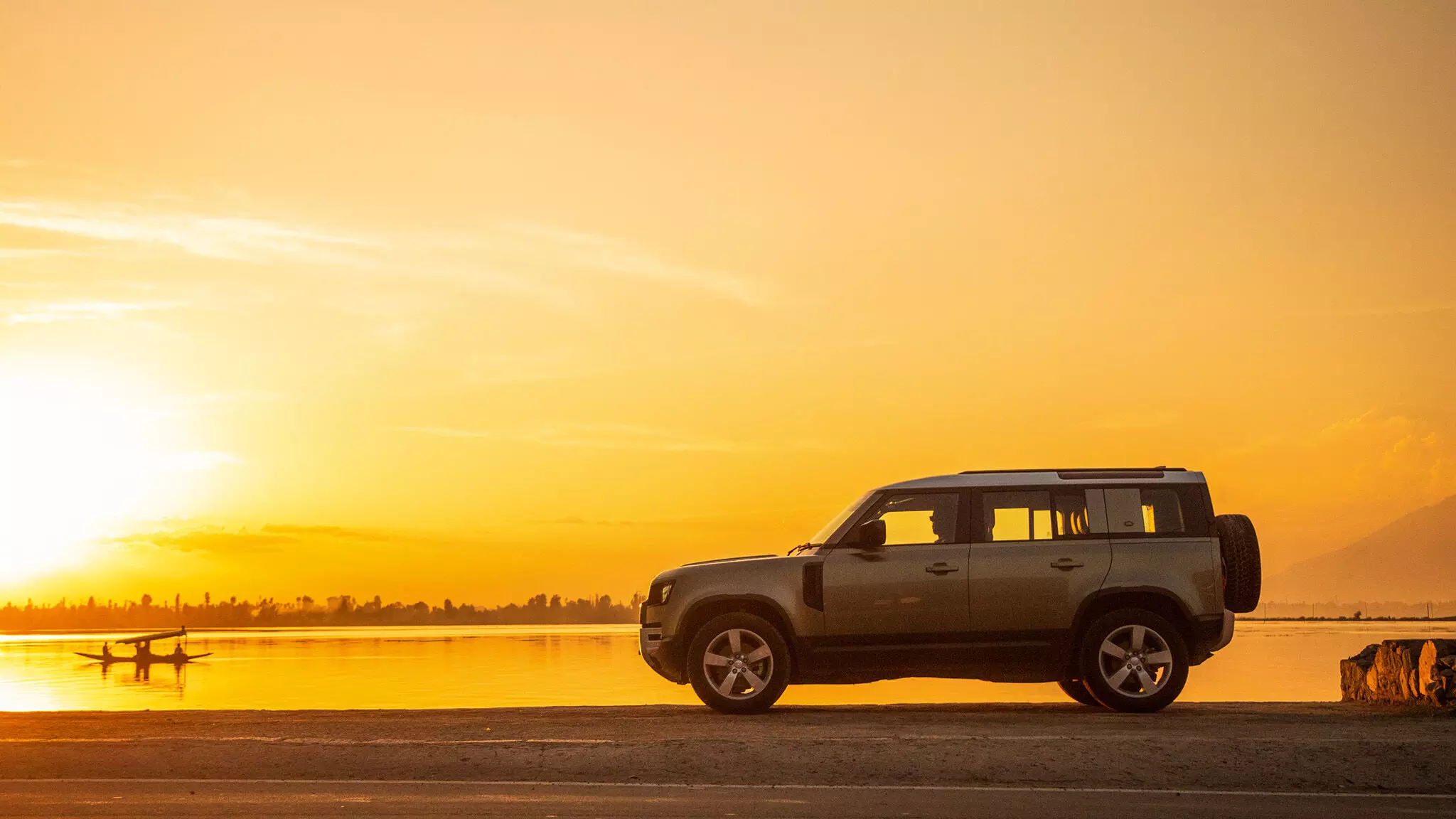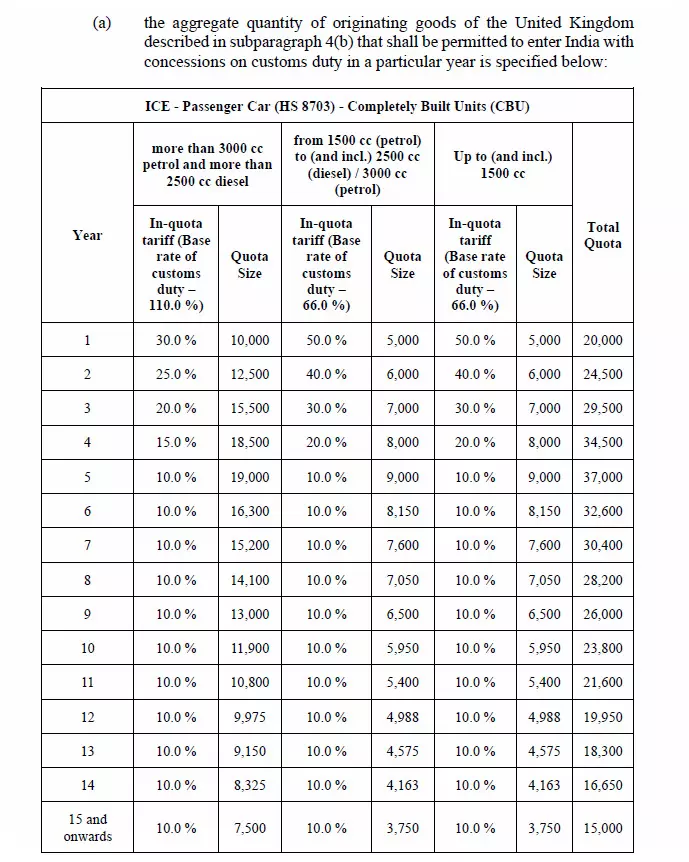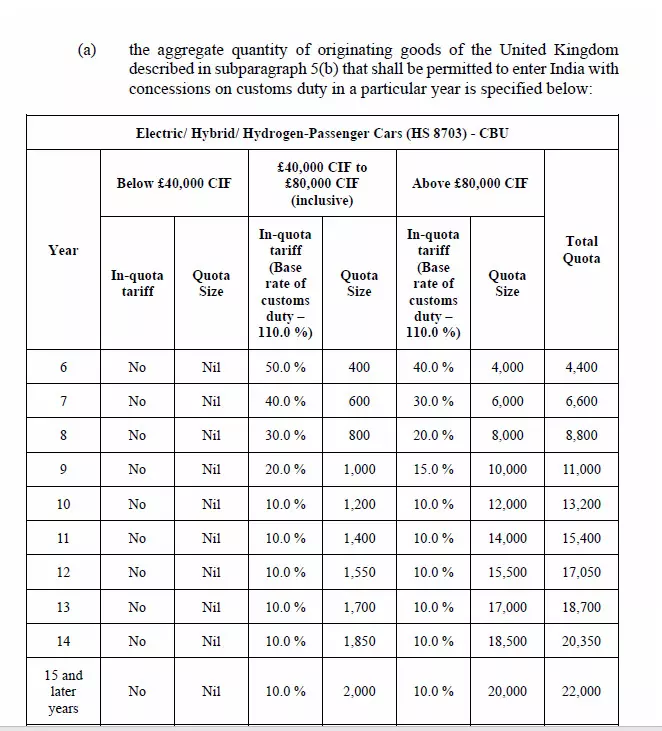
News
India-UK FTA reduces duties on cars from 110 per cent to 10 per cent; but there’s a catch
The reduction in tariff with the India-UK Free-Trade Agreement brings smiles to the Indian enthusiasts. Here’s an understanding of how it is being implemented
The India–UK Free Trade Agreement opens up a much-needed break for luxury car manufacturers in the UK through reduced tariffs. It will now allow automakers to export their completely built-up (CBU) cars from the UK into India at a reduced tariff, although these are limited by quotas. Brands such as Jaguar, Land Rover, Aston Martin, Bentley, Lotus, Rolls-Royce and Mini are expected to benefit from this. Let us take a closer look at what the agreement entails.
India-UK FTA for ICE cars
The current import duty on CBU passenger vehicles is 110 per cent for cars costing over USD 40,000, and 70 per cent for cars costing up to that amount. The FTA allows this duty to reduce to 10 per cent, but only from the fifth year onwards for cars originating from the UK. From years 1 to 5, the tariff gradually reduces and is categorised based on the engine capacity of the car being exported.
Another factor is the limit on the number of cars that can be exported to India each year. In the first year, the quota is set at 20,000 units, increasing annually to reach 37,000 by year 5. After that, the quota decreases each year, stabilising at 15,000 by year 15. The quota is also differentiated across categories, as outlined below:
- Petrol: More than 3000cc; Diesel: more than 2500cc
- Petrol: 1500cc to 3000cc; Diesel: 1500cc to 2500cc
- Up to 1500cc
Details of the year-wise tariffs and quotas can be found in the image below.

India-UK FTA for EVs and hybrids
CBU electric and hybrid vehicles are also currently subject to 110 per cent import duty, unless the manufacturer establishes a production facility in India within a three-year timeframe. However, under the FTA, the import duties on electric, hybrid and hydrogen passenger vehicles originating from the UK are eased. Like the ICE vehicles, the tariff progressively reduces to 10 per cent, but only by year 10.
The key difference is that the reduction in import duties begins only from year 6 onwards. The quota is defined based on the CIF (Cost, Insurance, Freight) value of the vehicle and falls into the following two categories:
- £40,000 CIF to £80,000 CIF
- Above £80,000 CIF
There is no tariff reduction on cars below £40,000 CIF. Details of the year-wise tariffs and quotas are included in the image below.

India-UK FTA verdict
This is undoubtedly a welcome move. For consumers, it means access to some of the world’s best luxury cars at lower prices, and potentially a broader range of choices. It will be interesting to see how manufacturers plan their product line-ups from next year onwards. They will have to manage the quotas strategically. We still don’t know how the quota will be divided between brands, or who will make that decision.
The FTA appears designed to boost trade in the short to medium term without disrupting the growth momentum of local manufacturers. This is particularly evident in two aspects: 1) lesser quota and higher relative tariff for lower cc engines and 2) tax reduction on EVs and hybrids started only after 5 years. Quotas and tariffs stabilise after 15 years—giving brands time to build strong demand and desirability for their products, ensuring long-term sustainability even with reduced allowances. At the 15-year mark, the only category that sees a notable increase in quota is high-value EVs, hybrids, and hydrogen vehicles (should hydrogen adoption materialise).
This FTA may also set the stage for a future EU–India Free Trade Agreement. German and Italian manufacturers will surely not want to miss out on a similar opportunity. Rest assured, we will bring you the latest developments as they unfold.


